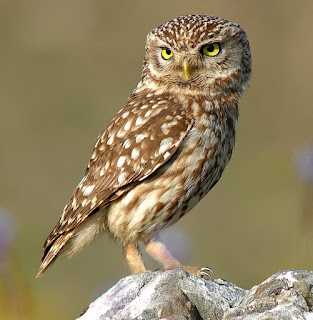What Your Malasana (Squat) Can Tell You About Your Body
What Your Malasana (Squat) Can Tell You About Your Body MAY 30, 2016 BY JENNY THOMAS Note: While some schools of yoga differentiate between malasana and upavesasana (depending on the width between your feet), for the purpose of this article malasana refers to a wide-footed, deep squat. Why is malasana —also referred to as garland pose, upavesasana (“sitting down pose”), or a deep squat—much easier for some than for others? The answer isn’t simple, as we all have different body proportions, joint structures, strengths, weaknesses, areas of tension, and areas of mobility. Because malasana is a complex posture involving many joints and muscle groups, all of these factors play a role in how we look and feel in the pose. The good news is that by examining malasana, you can learn more about your body’s limitations and strengths, and then use this information to enhance your overall practice and posture. Let’s face it, if you don’t live in a culture where sq




